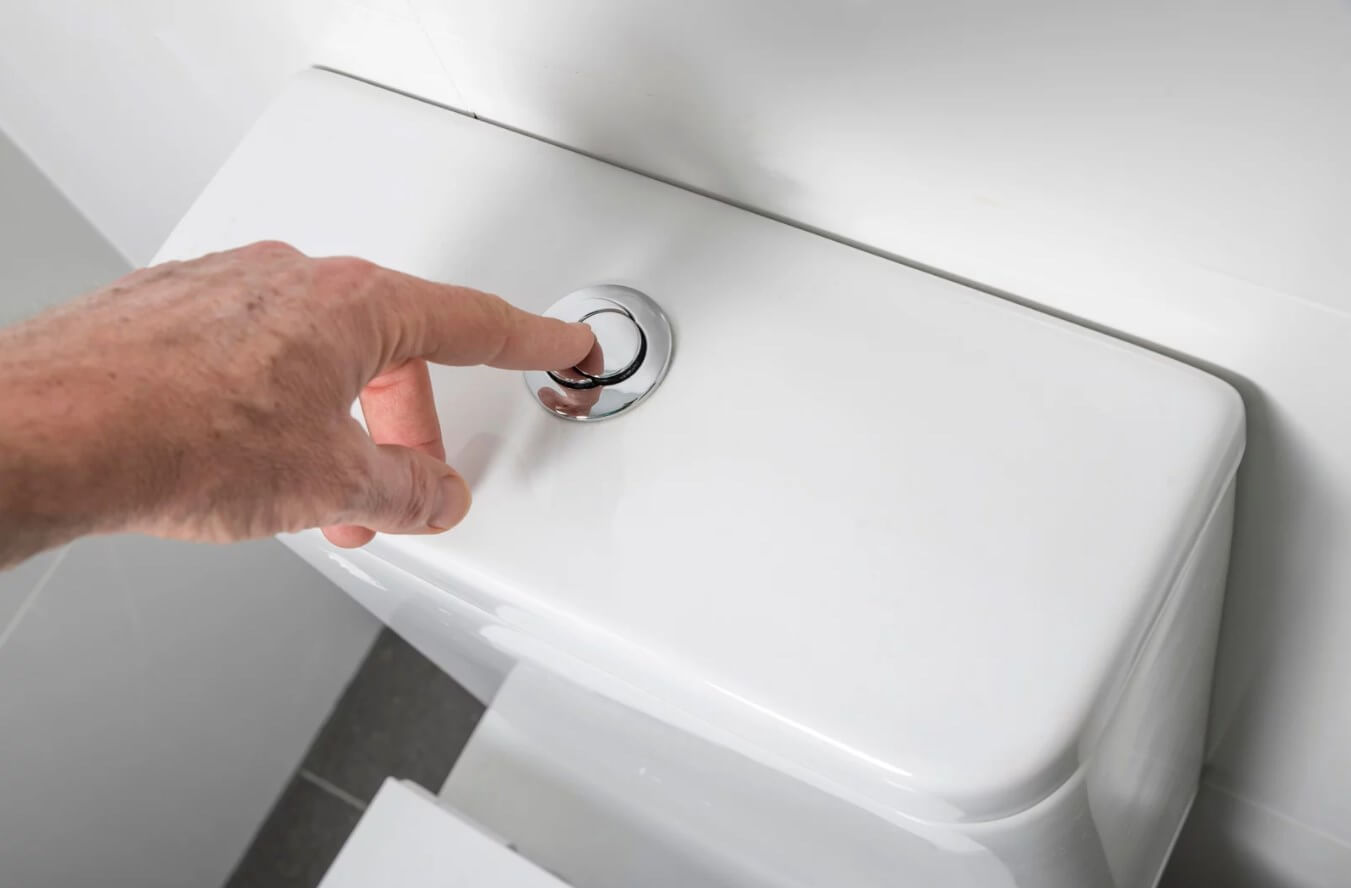Encountering a toilet that won’t flush can be both frustrating and inconvenient. This issue, while common, requires a systematic approach to diagnose and resolve. In this guide, we will explore the potential causes of a malfunctioning toilet and offer step-by-step solutions to restore functionality.
Understanding the Basics of Toilet Mechanism
Before delving into solutions, it's essential to understand the basic components of a toilet. The primary elements include:
Flush Handle: Initiates the flushing process.
Tank: Holds water for flushing.
Flapper Valve: Releases water from the tank to the bowl.
Fill Valve: Replenishes the tank after flushing.
Overflow Tube: Prevents overflow by directing excess water back into the tank.
Understanding these parts can help you identify where the issue lies when your toilet won't flush.
Common Causes of a Toilet That Won’t Flush
Several issues could prevent your toilet from flushing properly:
1. Clogged Toilet Bowl
A clogged toilet bowl is often the primary reason for flushing failure. Items such as excessive toilet paper, hygiene products, or foreign objects can obstruct the bowl.
Solution: Use a plunger to create a seal over the drain hole. Apply firm pressure and plunge up and down to dislodge the blockage. For stubborn clogs, a toilet auger may be required to reach deeper obstructions.
2. Defective Flapper Valve
The flapper valve is crucial for allowing water to flow from the tank to the bowl. If it is damaged or not sealing properly, the toilet may not flush effectively.
Solution: Check the flapper for wear and tear. If it appears warped or cracked, replace it with a new one. Ensure it fits snugly and opens fully when the flush handle is engaged.
3. Insufficient Water in the Tank
A toilet requires a specific amount of water in the tank to function correctly. If the tank is not filling adequately, the flush will be weak or nonexistent.
Solution: Inspect the fill valve and ensure it is functioning correctly. Adjust the float arm to increase water level or replace the fill valve if it is defective.
4. Blocked Rim Holes
Rim holes are located under the toilet bowl's rim and help distribute water evenly during a flush. If these holes are blocked, the toilet may not flush adequately.
Solution: Use a wire hanger or a small brush to clean the rim holes. This will help restore proper water flow during flushing.
5. Problems with the Handle or Lift Chain
Sometimes, the issue lies with the flush handle or the lift chain that connects the handle to the flapper valve. A loose or broken chain can prevent the flapper from lifting.
Solution: Inspect the chain for any tangles or breaks. Adjust the length of the chain if it's too loose or replace it if necessary. Ensure the handle operates smoothly without resistance.
Advanced Troubleshooting Techniques
If basic troubleshooting does not resolve the issue, consider these advanced steps:
1. Inspect the Toilet Tank Components
Remove the tank lid and check all components. Look for any loose connections, corrosion, or damage. Pay particular attention to the following:
Fill Valve: Ensure it is clean and functioning properly.
Overflow Tube: Make sure it is not blocked or cracked.
2. Check for Leaks
A leak can significantly affect the flushing mechanism. Check the base of the toilet and the connections between the tank and the bowl for any signs of water.
Solution: Tighten any loose bolts or replace seals as necessary.
3. Assess the Plumbing System
If multiple toilets in your home are experiencing similar issues, there may be a larger problem within your plumbing system, such as:
Main Drain Line Blockage: This could require professional plumbing services to resolve.
Vent Pipe Issues: Blocked vent pipes can cause slow drainage and flushing issues.
When to Call a Professional Plumber
If you’ve attempted all the above solutions without success, it may be time to consult a professional plumber. Signs that you should call for help include:
Recurring clogs despite multiple attempts to clear them.
Water leaks that are difficult to identify.
Unpleasant odors that suggest sewage issues.
Preventive Measures to Avoid Future Issues
To minimize the likelihood of a toilet not flushing in the future, consider implementing these preventive measures:
1. Regular Maintenance
Conduct routine checks on your toilet's components, including the flapper, fill valve, and rim holes. Regular maintenance can help catch issues early.
2. Educate Household Members
Ensure all household members are aware of what can and cannot be flushed down the toilet. Avoid flushing items like wipes, feminine hygiene products, and excessive amounts of toilet paper.
3. Install a Toilet Strainer
A toilet strainer can help prevent foreign objects from entering the bowl and causing clogs.
Conclusion
A toilet that won’t flush can disrupt daily life, but understanding the common causes and solutions can empower you to tackle the problem effectively. By following this comprehensive guide, you can diagnose issues quickly and restore your toilet’s functionality with confidence.

